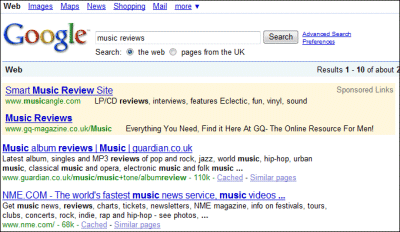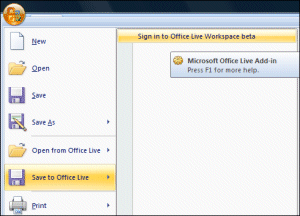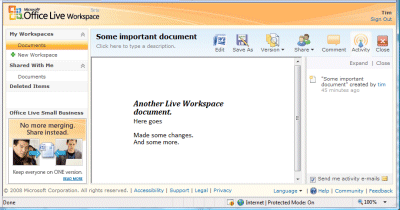There’s a though-provoking interview with Sun’s Tim Bray over on the InfoQ site. One of his points is that Rich Internet Applications aren’t worth the hype. He says that web applications are generally better than desktop applications, because they enforce simplicity and support a back button, and that users prefer them. He adds:
Over the years since then I have regularly and steadily heard them saying: "We need something that is more immersive, more responsive, more interactive". Every time without exception that somebody said that to me, they have either been a developer or a vendor who wants to sell the technology that is immersive or responsive, or something like that. I have not once in all those years heard an ordinary user say "Oh I wish we go back to before the days of the web when every application was different and idiosyncratic … ".
In further gloomy news for advocates of Adobe Flash, Microsoft Silverlight or Sun’s own JavaFX he adds:
I suspect that the gap in the ecosystem that lies between what you could achieve with Ajax and what you need something like Flash or JavaFX or Silverlight to achieve is not that big enough to be terribly interesting.
I think there is a lot of truth in what he says, and I still regularly see Flash applications or Flash-enabled sites where I wish the developers or designers had not bothered. Nevertheless, I don’t go along with it completely. I’m typing this post in Live Writer, a desktop application, when I could be using the WordPress online editor. The reason is that I much prefer it. It is faster, smoother, and easier to use.
Another example is Twitter clients. I use Twhirl though I may switch to Tweetdeck; both are Flash (AIR) applications running as it happens outside the browser. I’d hate to go back to interacting with Twitter only through web pages.
I agree there there is some convergence going on between what we loosely call Ajax, and the RIA plug-ins; Yahoo Pipes apparently uses the HTML 5 Canvas element, for example, using this Google Code script for IE support. I’m glad there is a choice of RIA platforms, but I don’t see either Flash or Silverlight going away in the forseeable future.
It’s worth recalling that the RIA concept began with the notion that a rich user interface can be more productive and user-friendly than an HTML equivalent. I’ve written a fair amount about the legendary iHotelier Broadmoor Hotel booking application which kind-of kicked it off – and I’ve interviewed the guy who developed it – and it was undoubtedly motivated by the desire to improve usability. As far as I can tell it achieved its goals, which were easy to measure in that online bookings increased.
Multimedia, rich visual controls, Deep Zoom, offline support, pixel-level control of the UI; there’s a lot of stuff in what we currently call RIA that is worthwhile when used appropriately.
Another twist on this is that RIA is enabling a more complete move to web applications, by reducing the number of applications that do not work either in the browser, or as offline-enabled Flash or Silverlight.
Still, Bray is right to imply that RIAs also increase the number of ways developers can get the UI wrong; and that in many cases HTML with a dash of Ajax is a better choice.
I think the RIA space is more significant than Bray suggests; but his comments are nonetheless a useful corrective.








